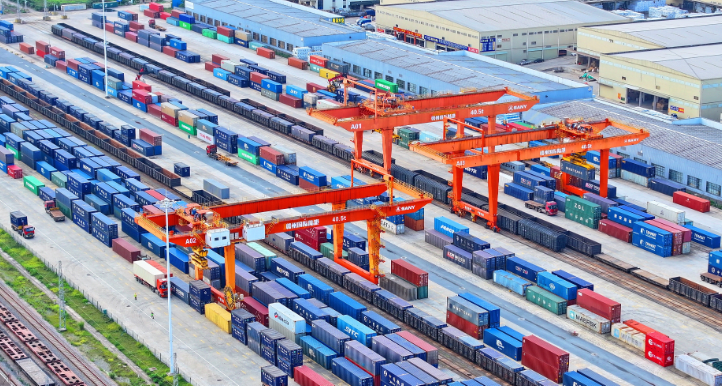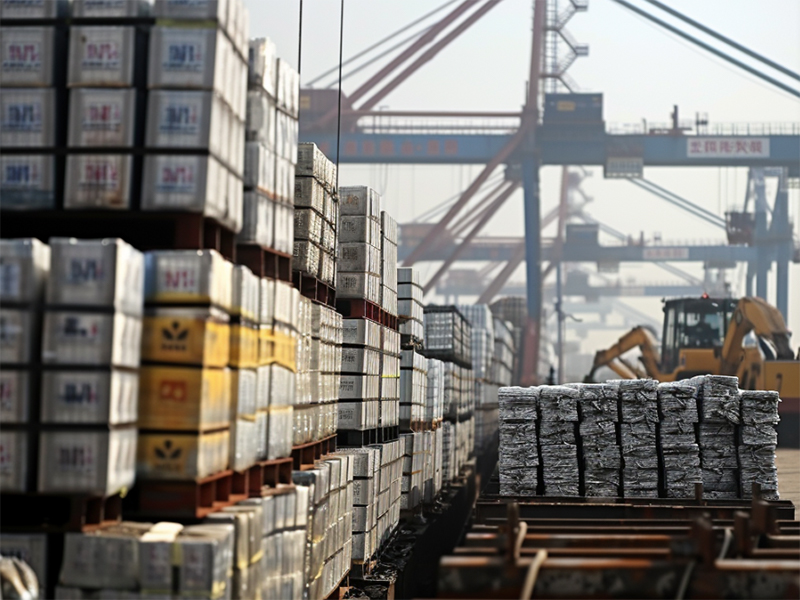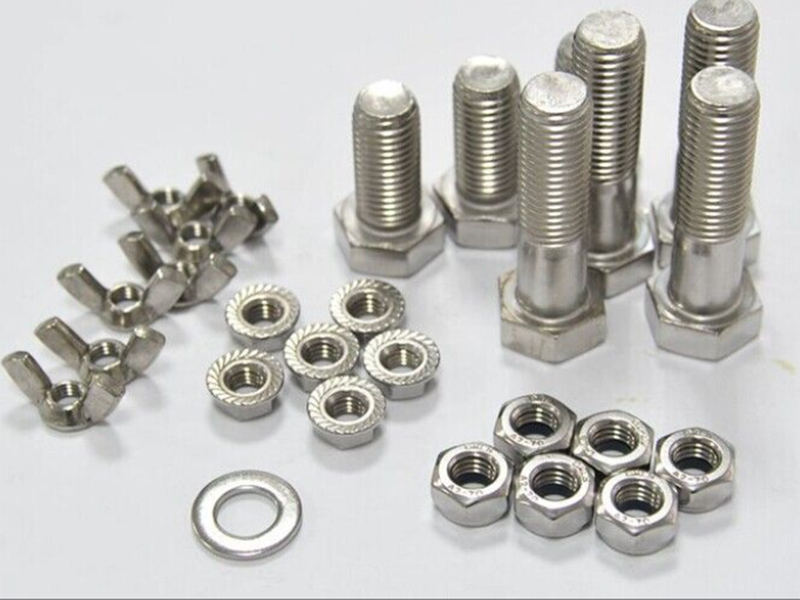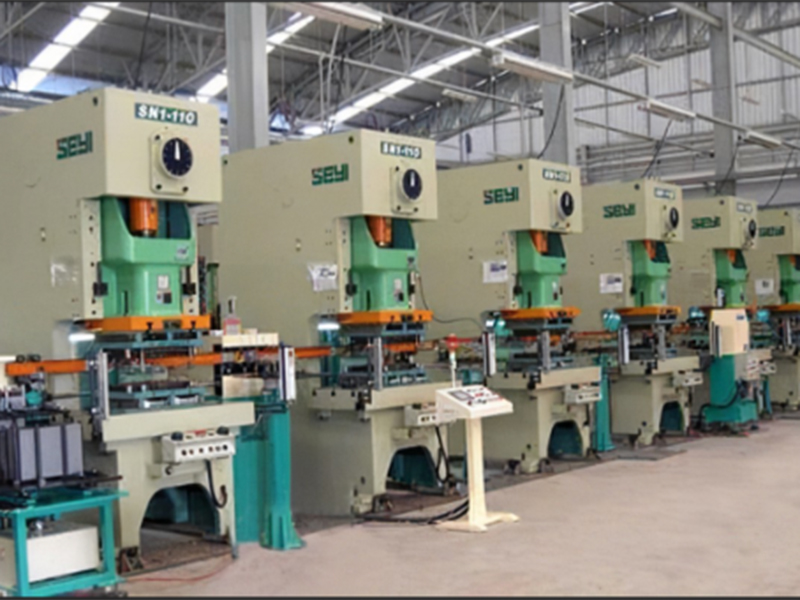China's Hot-Rolled Coil Market Sees Record High Exports and Lowest Imports in 2023
Specifically, total HRC exports in 2023 reached 20.42 million tons, a 70.95% increase from 2022, setting a new decade-high. However, HRC exports in 2023 plummeted by 56.6% compared to the previous year, reaching their lowest level in nearly a decade at 0.84 million tons. The net export volume for HRC in 2023 was 19.58 million tons.
Analyzing the relationship between HRC net exports and the domestic supply-demand gap (calculated as production + initial inventory - downstream consumption), it was found that the two exhibited a highly positive correlation, with a correlation coefficient of 92.65% over the past decade.
The extreme values in the 2023 HRC import-export dynamics—record-low imports and record-high exports—were closely tied to the changing supply-demand landscape in the Chinese market. The intensification of domestic supply-demand contradictions prompted steel mills to actively seek breakthroughs through increased exports.
Examining the supply-demand relationship and the fluctuation in the supply-demand gap over the past decade, it was observed that the gap generally narrowed before expanding. In 2023, the supply-demand gap reached a ten-year peak at 29.18 million tons. Faced with increased domestic supply pressure and sluggish demand, market transactions were hindered, leading steel mills to seek breakthroughs through increased exports.
Another factor contributing to the high HRC exports in 2023 was the widening price difference between domestic and international markets. With the domestic supply-demand imbalance at a high, HRC prices were declining domestically while remaining relatively high in overseas markets due to geopolitical factors and supply tightness. This widened price difference enhanced China's advantage in HRC exports. Exchange rate fluctuations also played a role in promoting exports.
On the import side, China, as the world's largest producer of HRC, saw a significant decline in imports in 2023. The main reason was the structural adjustment of domestic HRC products.
Over the past decade, the proportion of general materials products in China's HRC product structure has steadily decreased. This indicated that Chinese steel mills were investing in technological research and development to break through technological barriers. However, due to the relatively high profits of general materials products in the previous period (2014-2021), with profits per ton generally staying above 200 RMB/ton, the urgency for steel mills to upgrade products was not high. Starting from 2022, with the intensification of market homogenization competition and the escalation of supply-demand conflicts, steel mills increased investment in technological research and development, shifting production to higher-value steel products. By 2023, the proportion of high-end variety steel production in HRC reached 50%. The increase in domestic high-quality steel production partially offset the demand for imported resources, leading to a decline in import volume.
Looking ahead to 2024, the supply side is expected to see the commissioning of seven HRC production lines with a total capacity of 23.7 million tons, reaching a capacity of 367.56 million tons. Considering the significant increase in HRC production capacity in 2024, it is anticipated that HRC production will continue to grow, reaching 297.6 million tons, a 2.17% increase from 2023. With HRC import dependence below 1%, the growth in production can be considered representative of market supply. Therefore, it is expected that HRC supply will remain at a high level in 2024.
On the demand side, various downstream industries of HRC have shown relatively sluggish performance. Based on research by Zhuochuang Information into machinery, steel structure, and other industries' order situations, the outlook for 2024 HRC demand remains pessimistic. Although cold-rolled coil production capacity and output have increased, the growth rate is slower than that of hot-rolled coil. Therefore, it is predicted that HRC demand in 2024 will still be challenging.
Looking at the supply-demand gap, in anticipation of increased market supply and insufficient demand expectations, the HRC supply-demand gap is expected to continue widening in 2024, with an estimated range between 12.81 million and 18.68 million tons throughout the year.
Based on the highly positive correlation between net exports and the supply-demand gap, it can be predicted that the net export volume of HRC will continue to trend upward in 2024. As for imports and exports, with the gradual increase in domestic production of high-end steel varieties, the dependence on imports is expected to continue declining in 2024. Export-wise, with oversupply in the domestic market, overseas markets will remain a good breakthrough point for demand, suggesting that the high export levels witnessed in 2023 may continue into 2024.
(Author: Jeff Zheng)






